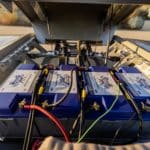
MENUMENU
TALK TO AN EXPERT
Special Hours: 7AM – 6PM PST
TALK TO AN EXPERT
Special Hours: 7AM – 6PM PST
If you own a sailboat, you already know the incredible power produced by the wind blowing through your sails, propelling your boat over the water. You may be wondering if that same wind can power the rest of your boat. The answer is yes! With the help of a sailboat wind generator and a little bit of knowledge, you can set up your boat to run its electrical system on the same natural, clean energy that helps it glide across the water.
Harvesting the power of the wind for human use has come a long way since early man first discovered the principles of sailing. These days, windmill and generator technology have improved and shrunk in size to the point where an entire system can easily fit on and power an average sailboat.
Wind generators, also known as wind turbines, consist of blades attached to a generator. As the blades spin, they capture the energy from the wind and convert it into electricity. Wind generators that are small enough to fit on a sailboat are usually rated around 500 watts of peak output power or less.
→ New to electrical terms? Find out: What Are Watts And Why Do They Matter?
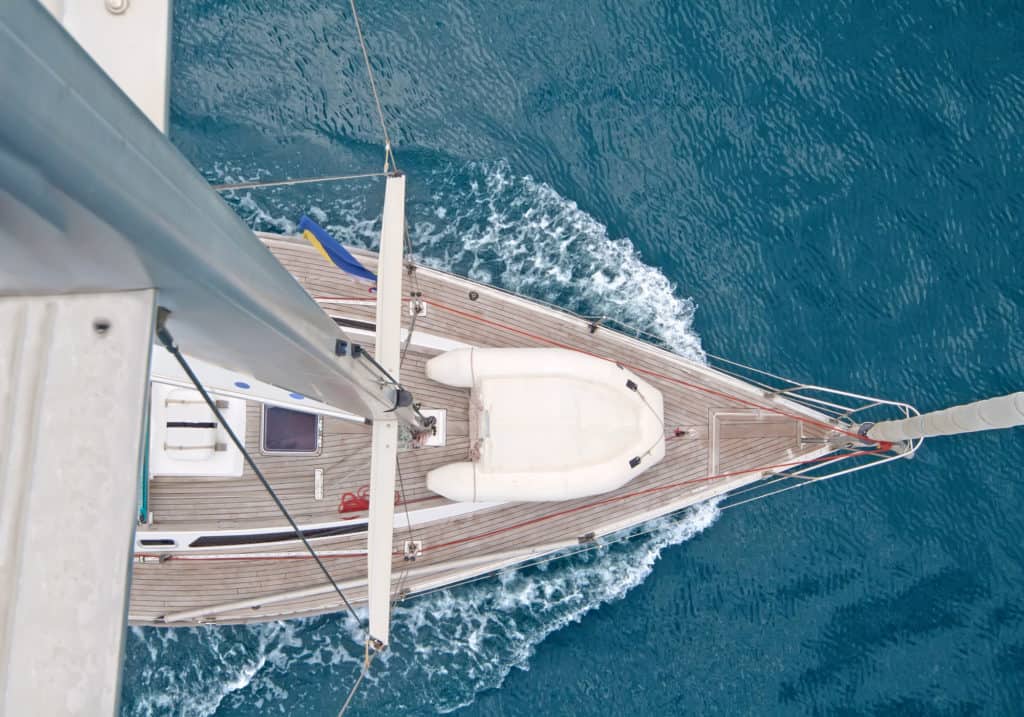
A sailboat wind generator system is relatively simple, consisting of three main components: The wind generator, a charge controller, and the battery bank.
The wind generator harnesses the wind’s energy and converts it to electricity. The charge controller conditions the power from the wind generator for safe storage in the battery bank. Lastly, the battery bank stores the energy for use anytime you need it, even when the wind isn’t blowing.
The amount of wind you need to start generating power from your wind power system depends on your specific turbine. Each model will have what’s known as a cut-in speed, which is the lowest wind speed that will make the blades turn fast enough to generate power. For many popular turbines, this will be in the range of 4 to 6 knots (5 to 7 miles per hour).
Even though the cut-in speed is only a few knots, wind generators create relatively little power at low speeds. The amount of energy a wind turbine generates increases as the cube of the wind speed. This means that if the wind speed doubles, the power output increases by a factor of eight (2 x 2 x 2 = 8). As the graph below shows, a typical 500-watt wind turbine only produces about 40 watts of power at 10 knots.
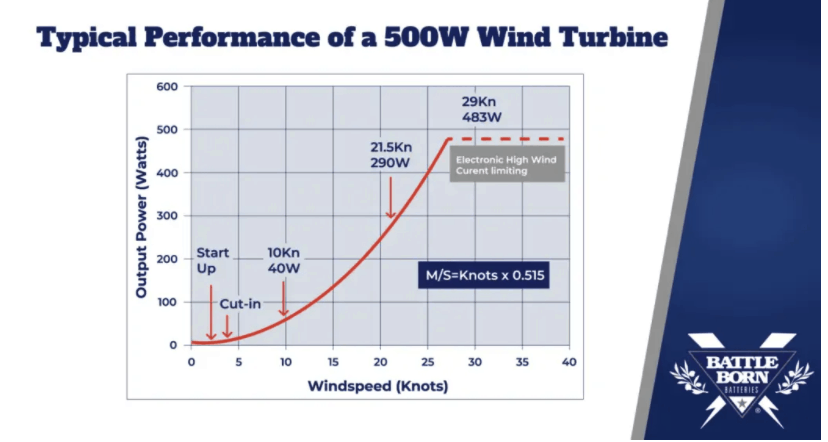
Turbines also have a cut-out speed. The cut-out speed is when the turbine generates maximum power no matter how much faster the wind blows. Some wind turbine models will also shut down above the cut-out speed to prevent damage.
Shopping for a wind generator can be a bit overwhelming if you’re not familiar with the technology. But there are a few key areas you should focus on to ensure you’re making the best purchase for you.
This may be one of the most important factors in determining the right wind generator for you. The maximum power is how much power your generator will produce in peak wind conditions. When you see a stated wattage on a generator, it is usually the max power rating.
Different turbine and generator setups have varying voltage options—but most output 12 or 24 volts. However, 48 and 72-volt models are available as well. The various voltage options offer you flexibility in charging system and battery options.
The weight difference from one model of wind turbine to another can be significant. Some lightweight models start around 12-13 pounds, while the heaviest can reach 30 pounds or more. Consider the additional weight a sailboat wind generator system will add to your boat, especially if you have a smaller craft.
Models with larger rotors or those designed in certain styles can create more noise than others. While noise is generally not a major issue for most wind power users, you should consider if any additional noise will disturb your sailing zen.
You’re a sailor – not an engineer or a turbine mechanic! It’s crucial to ensure any wind generator system you install on your boat is easy to operate. This includes setting up and installation, as well as making adjustments, and even the ease of shutting down the unit in bad weather if necessary. If your system is too complicated, you likely won’t use it as much as possible, reducing your investment value.
Along the lines of adjusting for bad weather, some models have an auto-brake feature. This technology senses when high winds are at risk of damaging the rotors and generator, slowing the rotors to prevent damage. While you can manually shut down your turbine in bad weather, you may appreciate the help if you’re busy dealing with other issues at the time.
Wind generation is nearly constant, 24 hours per day. Without over-charging protection and regulation devices, you could damage your batteries. Charge controllers and similar devices built into sailboat wind generator systems regulate the power flow to your batteries, charging them efficiently and ensuring they don’t get over-charged or damaged.
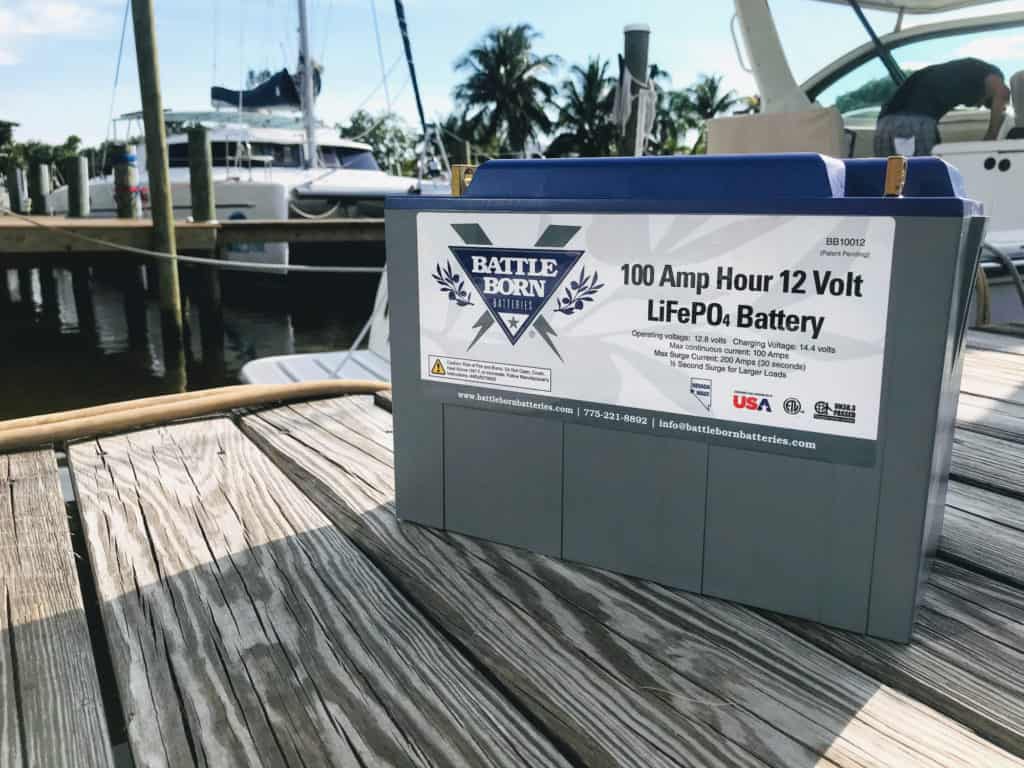
Having a battery bank with a battery management system and can charge at various rates and levels will also be key to the overall wind generator experience. This is why we recommend using lithium-ion batteries with your wind and solar power solutions that can work with the inconsistent charge cycles of the wind.
Additionally, they are lighter weight, safer, longer-lasting, and more reliable. They also have an internal BMS and can charge faster than lead-acid batteries.
➡ Don’t just take our word for it: Read our Customer Stories about using lithium batteries on sailboats.
Mounting your sailboat wind generator will depend on two factors – the space you have available on your boat and how much you want to optimize the energy you’re creating.
Many boaters choose to mount the turbine above the cockpit. This location allows easier installation and maintenance. Additionally, keeping the wind generator close to the charge controller and batteries prevents voltage drop caused by long cable runs.
However, some sailors have successfully mounted their generators on mizzen masts as well. The best option will depend on your specific boat and needs.
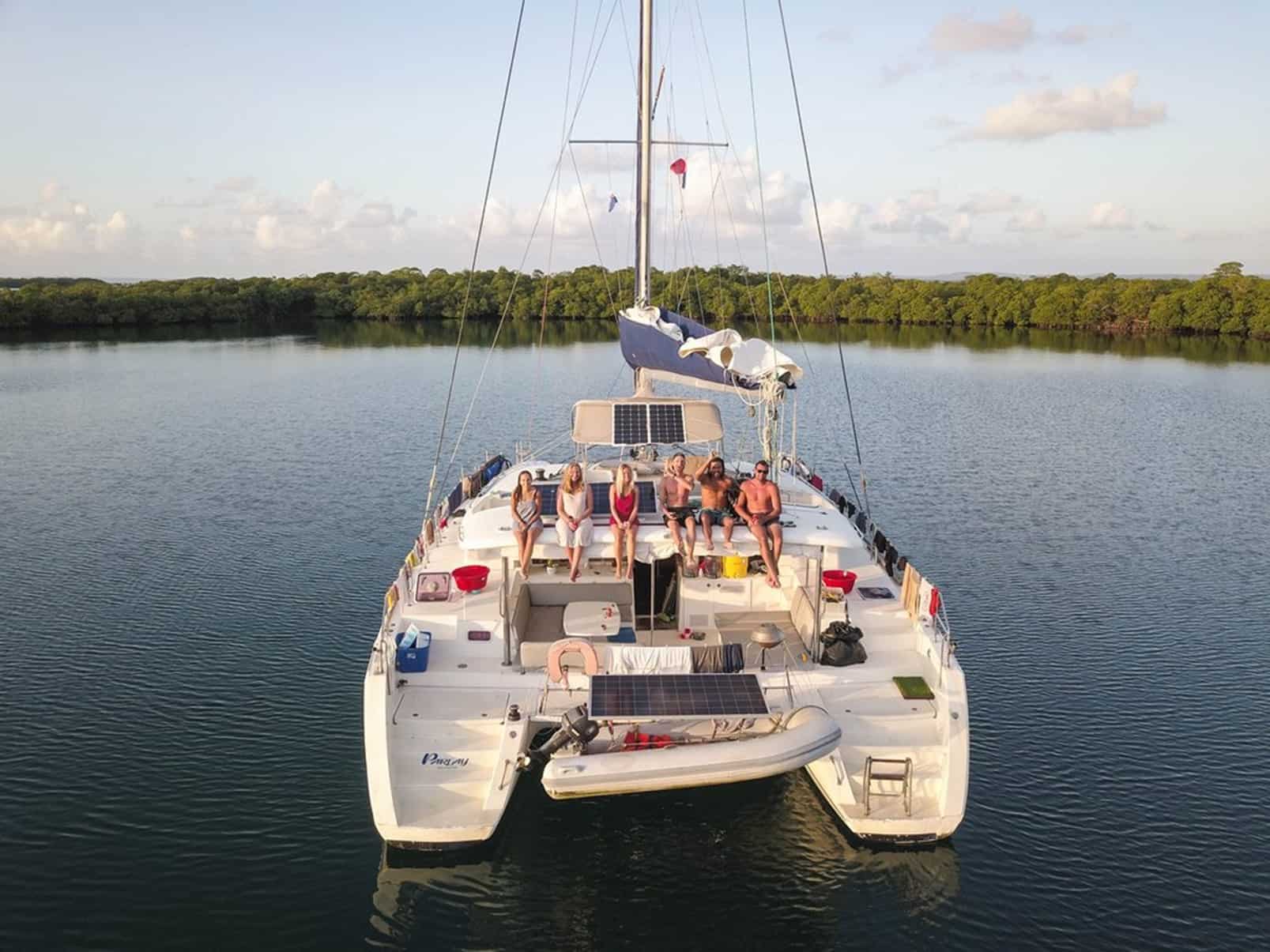
The question of whether wind generators work better for sailboats than solar panels depends on a few factors. Consider these when weighing the decision between a wind generator and a solar charger for your sailboat.
It’s crucial to consider how the daily weather and climate conditions you encounter will impact your power generation potential. Cloudy days or short hours of sunlight can wreak havoc on solar power systems. Remember that you’ll only be generating the panel’s listed capacity in maximum sun conditions. This may only be for a few hours or less per day.
In contrast, wind generators will almost always be able to generate power while you’re using your boat. After all, you’re probably not taking your sailboat out on a day with no wind! Even better, wind generators can run 24 hours a day, constantly fueling up your boat’s batteries, even while you sleep. So even if a wind generator produces less energy per hour than a solar panel, consider the additional hours of generation you’ll get.
Wind generators are mechanical devices, and like any other machine, will require routine maintenance to keep them running properly. You may also need to manually shut down and secure your wind turbine in high winds or extreme weather if it doesn’t self-regulate. In comparison, solar power systems are essentially hands-off and will require maintenance much less frequently.
If you’re looking for a completely silent way to generate power, wind generators may not be for you. They produce a small amount of noise from the wind blowing over the blades, though much less than created by gasoline-powered generators. On the other hand, solar systems will generate power with no noise whatsoever.
While solar power systems can be scaled up or down as needed, a wind generator system will typically require a higher upfront investment. Small solar power systems can start as low as $400, while an entry-level wind setup will cost around three times as much, about $1,100. However, larger solar installations can easily rival or exceed the cost of wind generators.
If you’re an infrequent sailor or don’t use much electricity while out on the water, wind generators may not be worth it for you. They often require a higher upfront cost and additional maintenance that solar panels don’t.
However, if you use your boat frequently, like to use a lot of power, or want the ability to generate sustained power for longer trips, a sailboat wind generator is absolutely worth it. You’ll enjoy the benefits of nearly round-the-clock power generation and higher overall output, which can be critical for some.
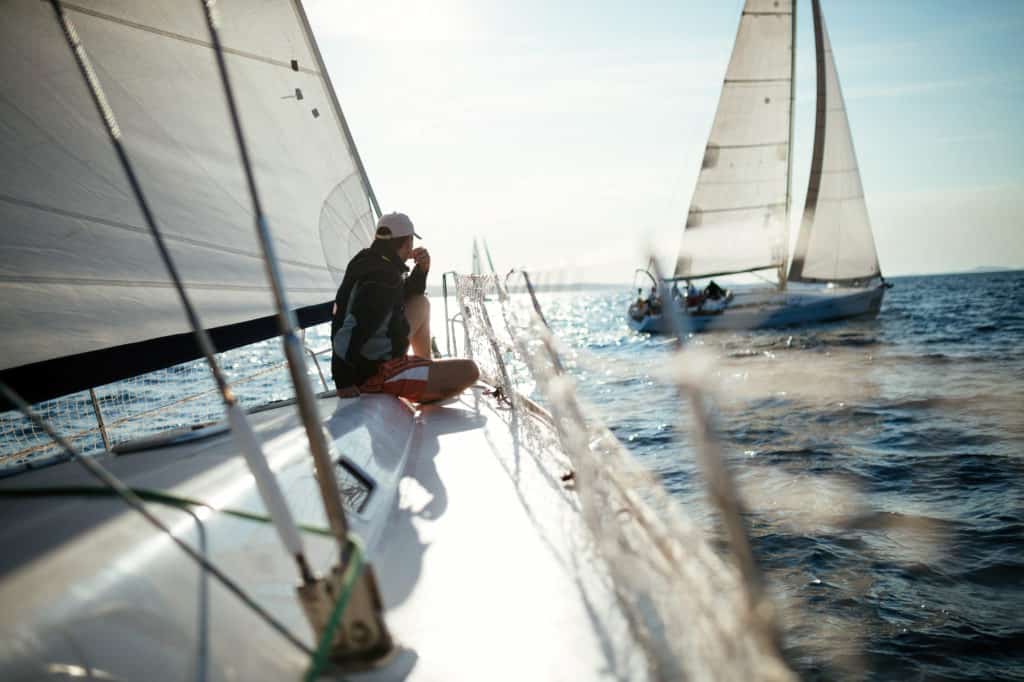
Sailboat wind generators offer significant benefits to some boaters, even if they’re not for everyone. Still, they’re a great option for those looking for sustainable green power while out on the water. Keep this in mind when considering a wind power system and selecting a potential turbine. Soon, you could be enjoying the satisfaction of propelling your boat and powering your electronics with the same eco-friendly energy source.
➡ Suggested Reading: Can a Wind Turbine Power My RV?
We know that building or upgrading an electrical system can be overwhelming, so we’re here to help. Our Reno, Nevada-based sales and customer service team is standing by at (855) 292-2831 to take your questions!
Also, join us on Facebook, Instagram, and YouTube to learn more about how lithium battery systems can power your lifestyle, see how others have built their systems, and gain the confidence to get out there and stay out there.
Shop Best Sellers
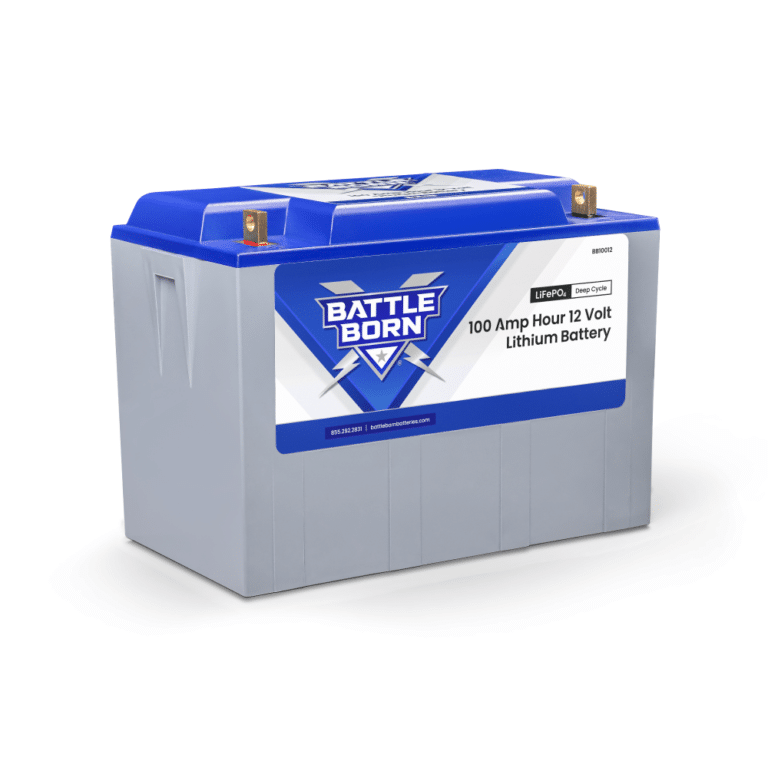
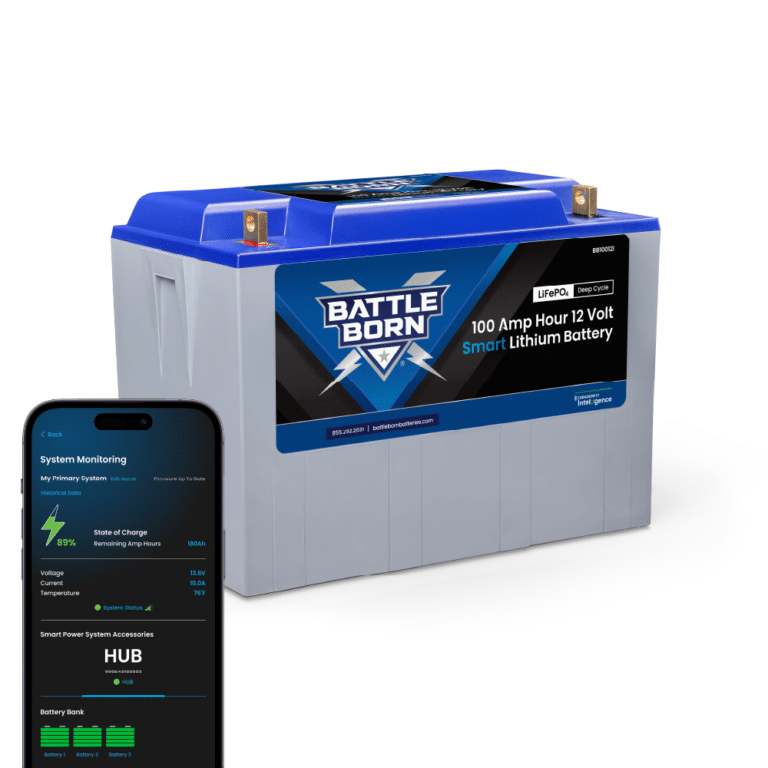
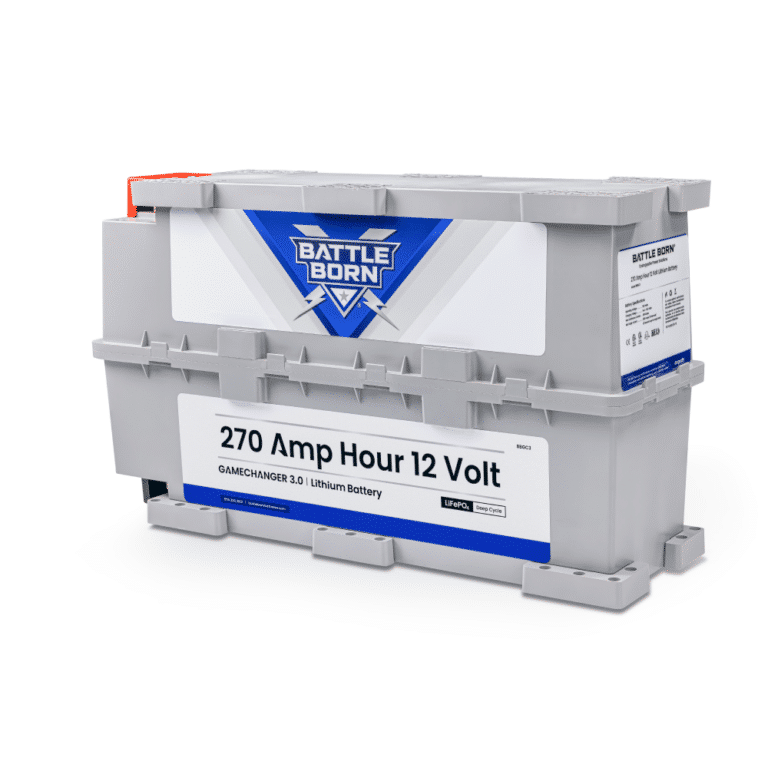
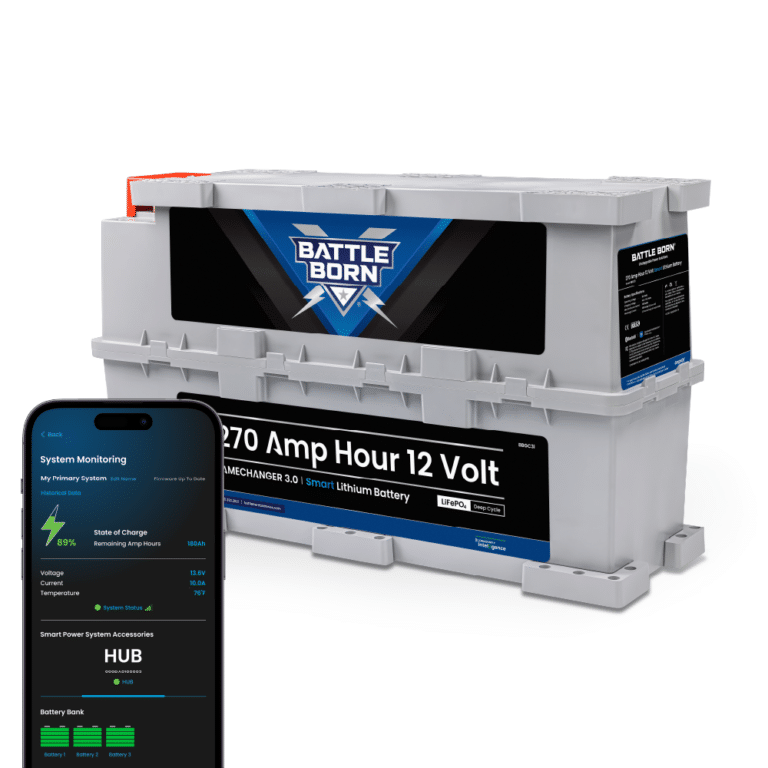
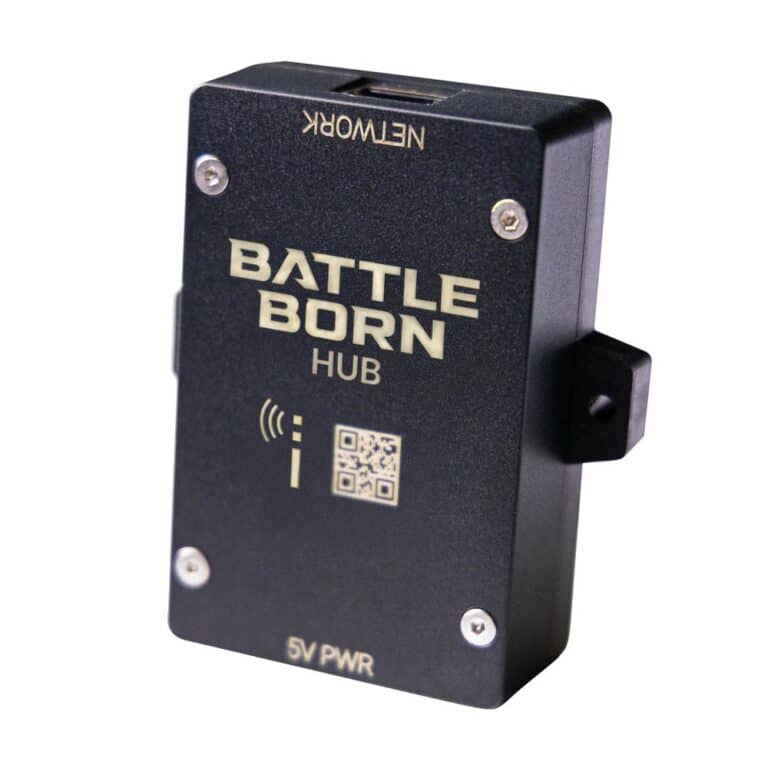
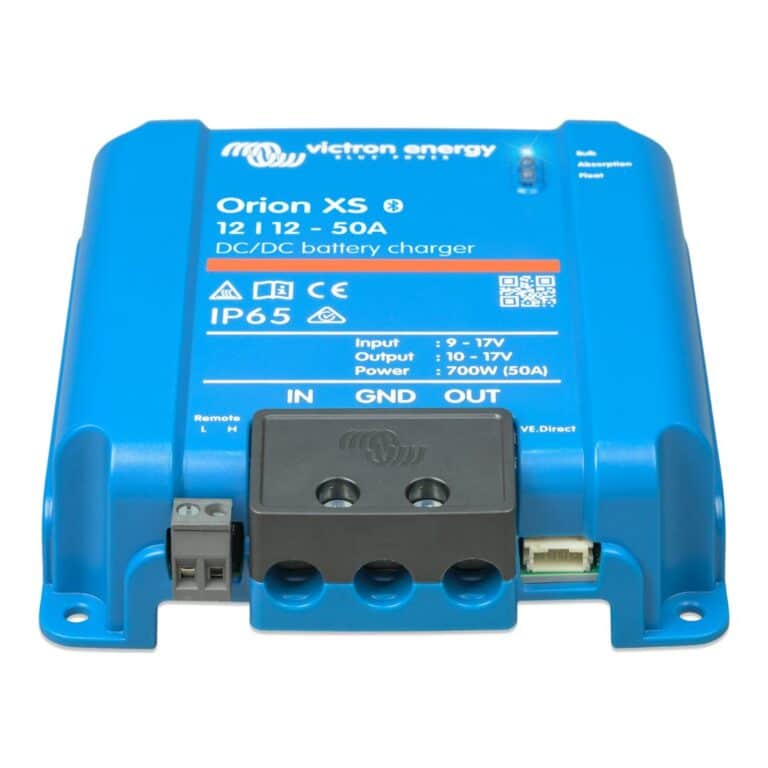
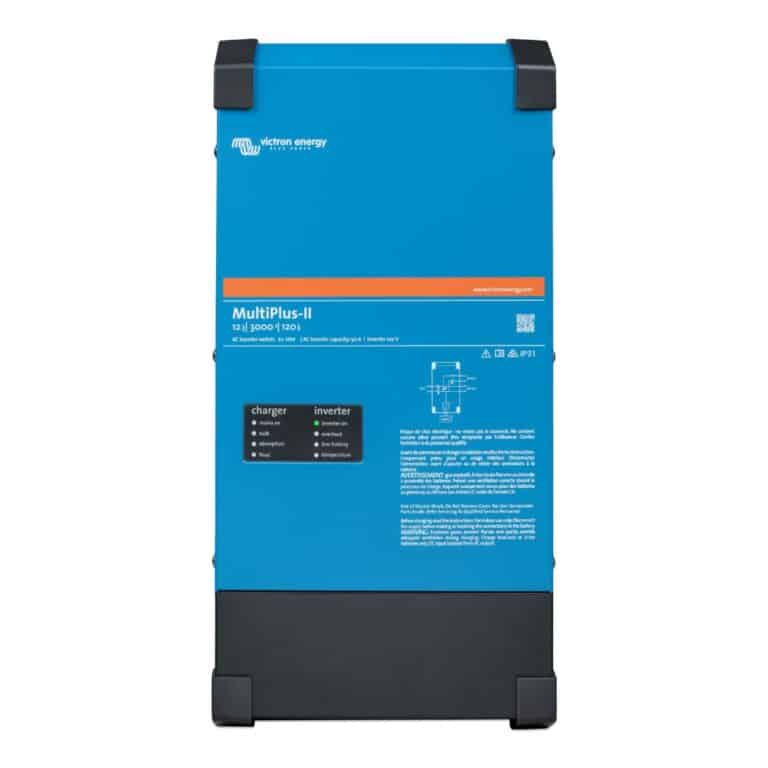

Ask a technical specialist now at 855.292.2831
Stay in the Know